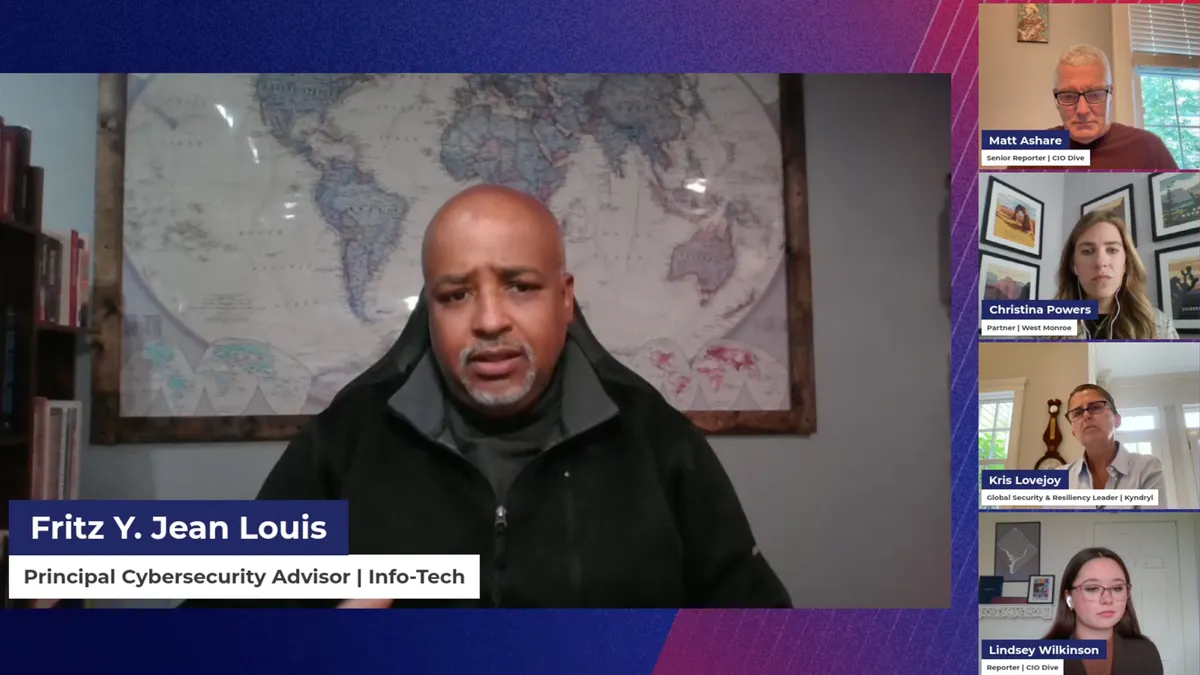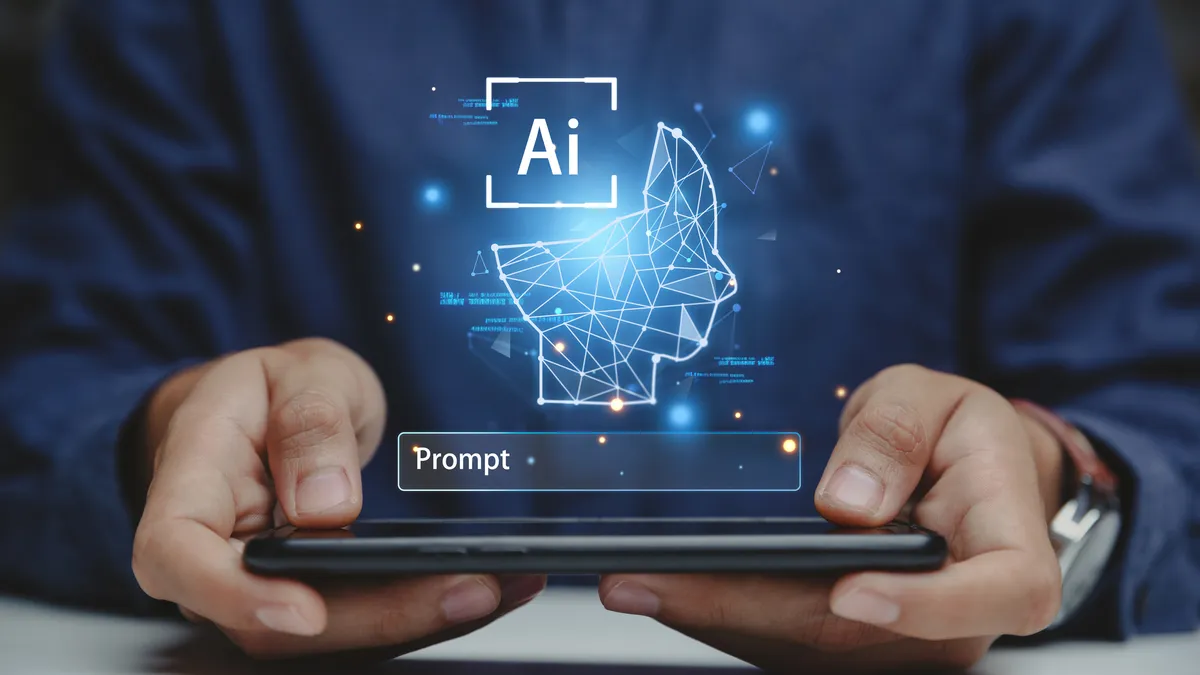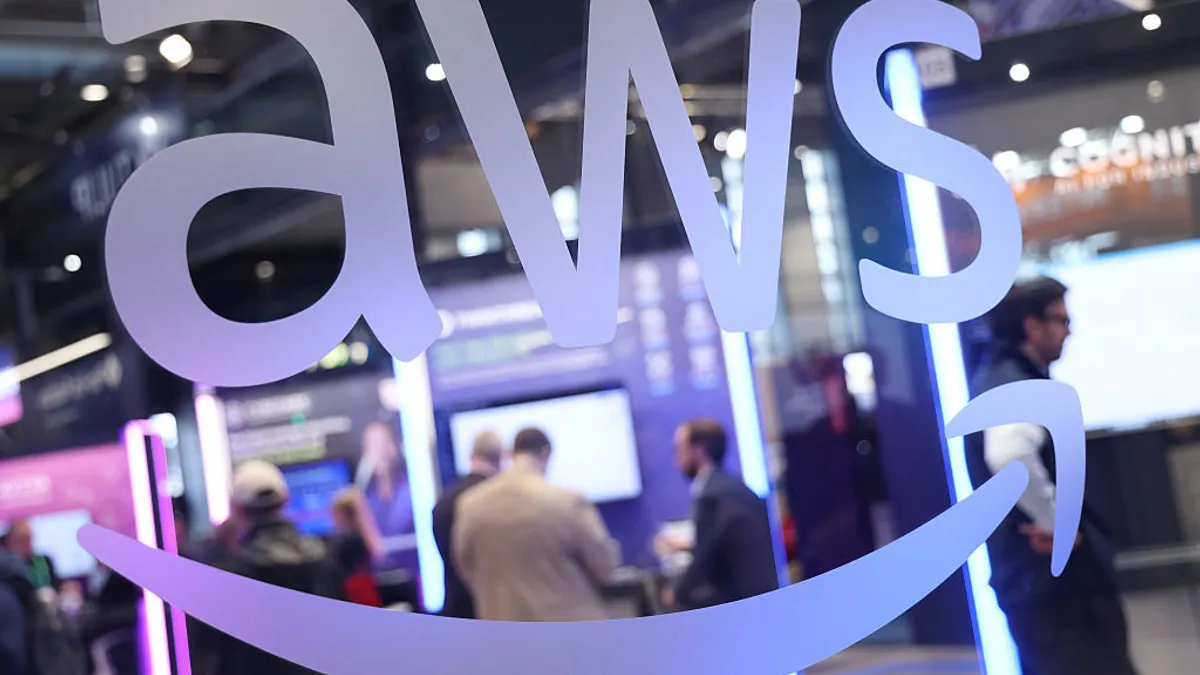Enterprises see promise in generative AI, but they're also encountering plenty of hurdles. From technical gaps to missteps early in the planning process, technology leaders have plethora of reasons for the lag.
“You have to be relentless in prioritizing the right use cases within the organization,” Gartner Distinguished VP Analyst Arun Chandrasekaran said during a June webinar. “I’m sure there are people constantly knocking on your door with great ideas of where to use Gen AI. We, of course, neither have the money nor the bandwidth to take all of those.”
Even when businesses pursue generative AI initiatives, they’re running into issues. More than half of enterprise generative AI projects fail, according to Gartner research. CIOs are mistaking the technology’s maturity, failing to connect business value and lacking investments in literacy among other pitfalls.
Companies cannot sit idle, and CIOs are under pressure to deliver results. Business and IT leaders have acknowledged that pursuing the wrong application of the technology would hurt their company’s market position and endanger their job security, a Snowflake survey found. Enterprises are also relying on the technology as a way to alleviate some pressure in the face of market volatility.
IT leadership can rise to the challenge by mitigating risks, strengthening planning processes and involving stakeholders in the process.
Here are five common reasons generative AI projects fail — and what CIOs should do instead:
1. Lacking business value
CIOs need to connect business goals to technology efforts early on.
“The number one reason why a project fails is because it doesn’t deliver business value within the organization,” Chandrasekaran said. Organizations might run into this problem if they don’t have a clear framework for selecting and prioritizing use cases, or if there aren’t clear metrics for measuring success, he added.
Chandrasekaran recommended companies create personalized priority metrics. Once established, CIOs have a better understanding of how to sift through potential use cases and where business support lies.
Some questions to consider include whether the data is ready, what’s the execution probability and which risks will arise.
“The end goal is that you want to go after use cases that have relatively high value and they’re also technically feasible to implement,” Chandrasekaran said.
2. Mistaking the technology’s capabilities or maturity
Generative AI isn’t always the best solution for every business problem. Sometimes more traditional AI techniques, basic automation or a mixed approach yields better results.
“Generative AI is one of the many tools in your toolbox,” Chandrasekaran said. “You really want to start thinking about trying to align the right tool for the right use case, or the right technique to the right use case.”
Even if generative AI is the right solution, organizations should test and validate vendor tools and services before investing heavily in them.
“There’s so much hype around the maturity of AI products today from all of the vendors,” Chandrasekaran said.
Ensuring generative AI tools are trustworthy and produce high-quality responses is critical to reaching meaningful adoption.
3. Missing out on investments in people
Enterprises that fail to invest in their workforce as they eye AI gains are only prolonging their pain.
Deployment doesn’t equal adoption, Chandrasekaran said. Employees need to have a strong understanding of how to use the tools in order to see the benefits, whether it’s a productivity bump or easier information gathering. Creating and conducting literacy programs and personalized trainings can mitigate job security concerns.
“Every employee on the planet is starting to think through the implications of AI … and they’re all worried that AI is going to take over their job sometime in the future,” Chandrasekaran said.
Chandrasekaran also recommended organizations have transparent and candid sessions where employee concerns are addressed and roadmaps around skills training are provided.
“Addressing fear, uncertainty and doubt that exists in employee minds is a very critical step that leaders need to take,” Chandrasekaran said.
4. Coming up short on process change management
One of the underrated aspects of generative AI projects is change management, according to Chandrasekaran.
If tools aren’t easy to access and incorporate into workflows, employees will avoid them. Plus, if employees feel forced to automate themselves out of a job, adoption will also stall.
“We have to figure out ways to make sure that our employees are really adopting these tools, not just that we are deploying them,” Chandrasekaran said. Creating an empathy map, which Chandrasekaran defined as a technique that maps AI use to specific roles, can be helpful.
Seeking user feedback on designs and rollouts could prove beneficial, too.
5. Failing to prioritize responsible AI
Enterprises should not see responsible practices as an afterthought, Chandrasekaran said. Doing so can result in high rates of hallucinations, bias and safety issues leading to catastrophic results, the least of which is project failure.
“We need to make sure that these systems are explainable. We need to manage the end to end life cycle of models and we want to prevent any adversarial attacks that are happening,” Chandrasekaran said.
CIOs can help their organization steer clear of risks and build trust by defining and publicizing a vision for incorporating responsible practices and policies that address fairness, bias mitigation, ethics, risk management, privacy, sustainability and regulatory compliance.
“We want to have internal champions within respective teams that can propagate training programs and distill the responsible AI framework,” Chandrasekaran said.























